Which Way Is the Front Line from Here? An interview with Sebastian Junger and James Brabazon
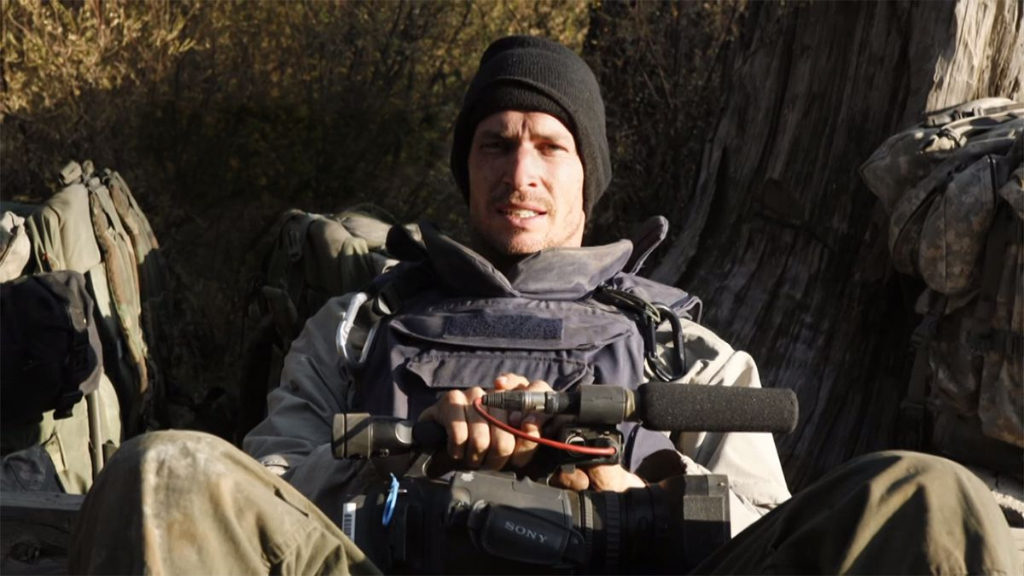
Renowned and respected war photographer Tim Hetherington bled to death in Misrata, Libya following a mortar attack in 2011. Starting life as a series of funereal testimonies recorded by friend/colleagues Sebastian Junger and James Brabazon, Which Way Is the Front Line from Here? is a touching and intelligent portrayal of both Tim Hetherington, the man, and the career that ultimately killed him.
How did the film come about?
Sebastian Junger: When Tim got killed I had a lot of questions about the circumstances surrounding his death. Many of the colleagues who were with him in Misrata were coming to New York for his memorial so I thought I should interview them on camera. Once I finished that process (it was not a pleasant process), I got to see some of the footage shot just before his death and I thought if you put that story, that tragedy, together with Tim’s life and work, and these interviews about how he died, you’d have a very powerful film.
James Brabazon: When we went to HBO they commissioned it instantaneously. It was probably the shortest commissioning meeting in history.
There’s plenty of humour to be had in the film. How conscious was the decision to steer clear of a po-faced documentary?
JB: Very. But it was an easy one to follow through on because Tim was a joyful person. Always smiling, laughing: quite mischievous. I would hate people to walk away from the film thinking that there was no joy – because there was. It’s a film about a tragedy, but it was a life filled with fun too.
SJ: The decision was to try to capture the reality of war and Tim’s personhood accurately, and both of those things contain a huge amount of humour. Tim could be very goofy and very funny.
There’s also a eulogistic tone that comes through. Was this something you were careful to avoid overplaying, and do you think you ultimately pulled some punches on Tim because of it?
SJ: I wouldn’t say that we pulled any punches. But we talk about how it had all been a bit rash out there in Misrata and how people made decisions that put them in danger.
JB: I don’t think there were any punches to pull. The film needed to be completely credible – it cannot be a hagiography. What we really wanted to do was let Tim speak in his own words, and there’s a lot of material of him doing just that. In terms of pulling punches, Tim and I were really close friends – just because someone’s died and is in the public eye doesn’t mean that you can betray the confidences of your friendship. So of course there are some things that aren’t in the film. But in terms of the actual work itself I think we were pretty clear that the circumstances that led to Tim’s death were extremely un-ideal.
It wasn’t the first time Tim found himself in an un-ideal situation: you both received an execution order from President Charles Taylor while working together in Liberia. How do you handle becoming a participant and no longer an observer?
JB: It’s not a lot of fun being hunted. We were in a very bad position in Monrovia; we were surrounded by government the forces and the rebels we were with had almost completely run out of ammunition. We had no prospect of moving forward we could only retreat… and I received incontrovertible news of this execution order just as the government army was closing in on us. It added an extra paranoid frisson to what was already quite a charged environment. At least we knew we were doing our job properly. We’d really upset Taylor, that’s for sure.
Sebastian, you set up RISC (Reporters Instructed in Saving Colleagues) in response to Tim’s death. Is it something you’re involved with to this day?
SJ: I have a deputy director who is better than me at everything and he mostly runs it, but I started it. We’ve trained 120 people so far – young freelancers, most of whom have had a baptism of fire in the Arab Spring. Tim’s wound was not necessarily mortal; he was hit with a small piece of shrapnel that cut his femoral artery and he bled out. There are things you can do in that situation, and if you know how to do them they’re relatively simple. But Tim died minutes away from a hospital.
James, you actually lecture in the ethics and the practicalities of working in hostile environments. What advice do you give to students, and has it changed in the years since Tim’s death?
JB: It hasn’t really changed. If you want to work in war then there are two clear things: the first is that you have responsibilities, not just rights. One of Tim’s big things was that working in war and being just a witness isn’t enough. You have responsibilities and you have to discharge them. When Tim was wounded the people who weren’t wounded stood around and watched him bleed to death. It wasn’t only that no-one knew what to do – no one tried to do anything. I also say that in order to properly calibrate risk, to understand risk, you need, first of all, to understand motivation. There is a huge difference between wanting to go to war, and needing to go to war. If you don’t understand, honestly, why it is that you want to go in the first place it’s almost impossible to calculate risk in any meaningful sense. So the baseline, first thing, I try and inculcate in people is an understanding of why it is you want to do this.
Finally, it’s suggested throughout the film that war correspondence is a bit of a young man’s game. Are you still putting yourself out there and if so for how much longer?
SJ: The time that I spent war reporting from 1993 until Tim’s death was some of the most intense and meaningful experiences of my life. I see the footage that I shot in those years and it brings back some very intense memories. After Tim died I decided within an hour not to go to a war zone again. I’m out of that game.
JB: I’m still doing it. It’s true that most journalists who are injured in conflict are older. The older you get, the more you’ve seen, the easier it is to take some situations for granted and not give them the respect that they deserve. Whereas when you’re younger and it’s all knew it all seems completely overwhelming and terrifying and you take everything seriously all the time. I went to Syria very recently. I just got back from a three-week embed with the Caracas Anti-Kidnap Squad – lots of rolling around in ditches being shot at. No plans to stop just yet.
Nigel Booth
Which Way Is the Front Line from Here? The Life and Time of Tim Hetherington is released on 11th October 2013. The BD/DVD is released on 21st October.
Watch the trailer for Which Way Is the Front Line from Here? The Life and Time of Tim Hetherington here:



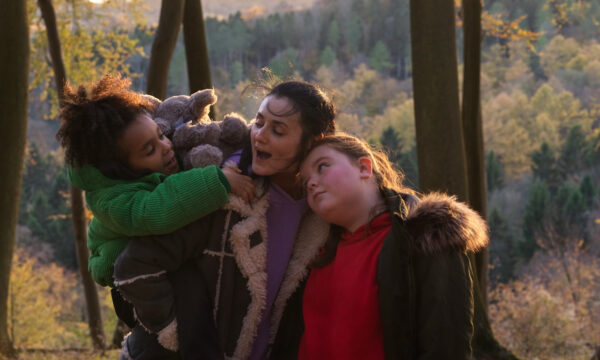
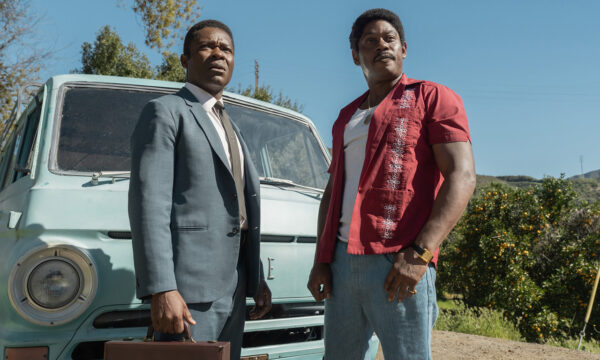
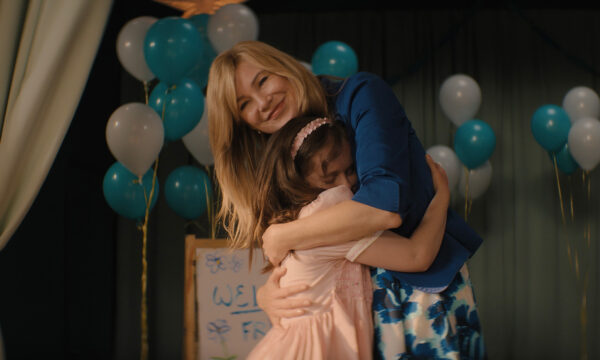
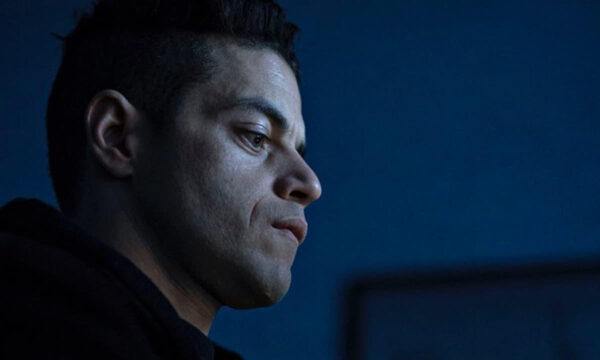


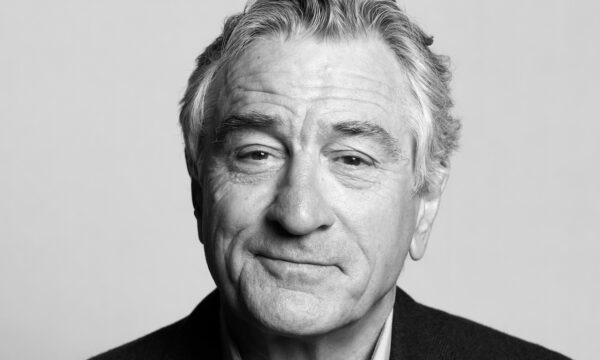








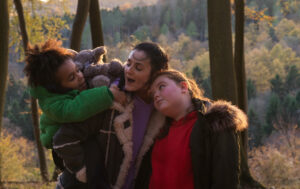






Facebook
Twitter
Instagram
YouTube
RSS